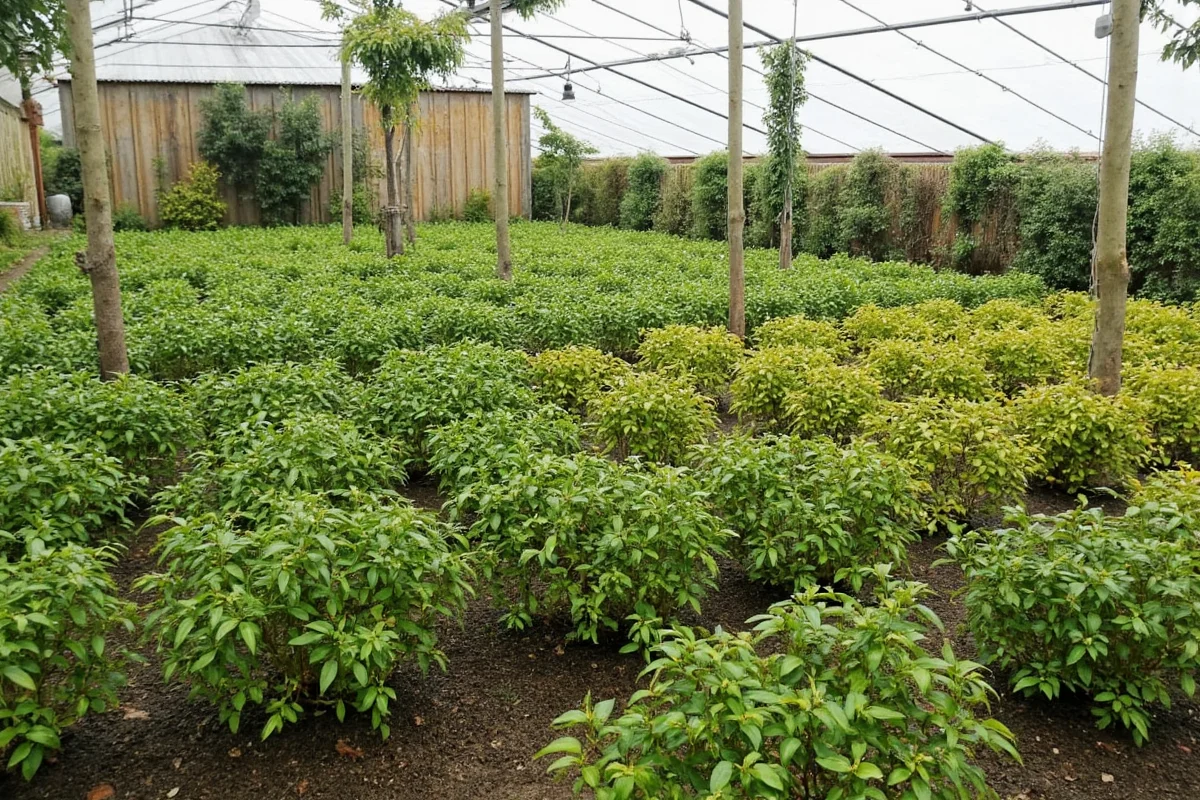Century plants, or Agave americana, are fascinating succulents known for their remarkable beauty and resilience in arid climates. Despite their name, these plants typically flower after 10 to 30 years, depending on environmental conditions. In this guide, we will explore the various types of century plants, their care requirements, common issues, propagation methods, and landscaping uses. Whether you are a gardening novice or expert, this easy-to-understand article will help you get to know these striking plants better.
Types of Century Plants
- Agave americana: Known as the common century plant, it features gray-green leaves with spiky edges and yellow or white blooms.
- Agave americana ‘Marginata’: This variant has striking yellow-edged leaves and is highly ornamental.
- Agave americana ‘Mediopicta Alba’: It boasts a unique white strip down the center of each leaf, adding visual interest.
- Agave americana ‘Variegata’: Similar to 'Marginata,' but with more pronounced variegation patterns in the leaves.
- Agave americana ‘Striata’: Known for its striped foliage, this type is less commonly found but visually captivating.
| Type Name | Leaf Color | Unique Features |
|---|---|---|
| Agave americana | Gray-Green | Spiky edges, yellow or white blooms |
| 'Marginata' | Yellow-edged | Highly ornamental |
| 'Mediopicta Alba' | White stripe | Unique leaf stripe |
| 'Variegata' | Variegated | Pronounced leaf patterns |
| 'Striata' | Striped | Visually captivating stripes |
Care Requirements
- Sunlight: Century plants require full sun exposure. They thrive best with at least 6 hours of direct sunlight daily.
- Soil: Use well-draining soil, ideally a mix of sand and potting soil, to mimic their natural arid environment.
- Watering: These plants are drought-tolerant and need infrequent watering. Allow soil to dry completely between waterings.
- Temperature: They prefer warmer temperatures and can withstand mild frost, though extreme cold should be avoided.
- Fertilizing: Minimal fertilization is necessary; a diluted cactus fertilizer applied once during growing season suffices.
Common Issues
- Pests: Century plants may attract pests such as mealybugs or agave snout weevils. Regular inspection and neem oil treatments can manage these pests.
- Overwatering: Signs of overwatering include yellowing leaves and root rot. Reduce watering frequency and improve soil drainage if noted.
- Sunburn: Leaves may get sunburned if exposed to sudden intense sunlight. Gradual exposure to full sun reduces sunburn risks.
- Cold Damage: Extreme cold can damage leaves, turning them brown or black. Adequate frost protection is recommended in colder climates.
- Leaf Spots: Fungal infections can cause spots on leaves. Fungicidal treatments and improved air circulation can mitigate this issue.
Propagation Methods
- Offsets: Century plants produce offsets or "pups" that can be separated and replanted as new plants.
- Seeds: Though less common, century plants can be cultivated from seeds found in the blooms after flowering.
- Division: For types with rhizomes, dividing the root system allows propagation of new plants.
- Suckers: Mature plants may send out underground suckers that can be transplanted to grow new plants.
- Layering: Some gardeners use layering by pinning a leaf to soil until roots develop, then transplant.
Landscaping Uses
- Xeriscaping: Century plants are ideal for low-water landscaping designs, using minimal resources while providing maximum visual impact.
- Accent plants: Their dramatic leaves make century plants excellent accent options in garden beds.
- Container gardens: For urban or smaller garden settings, century plants are suitable for striking container displays.
- Security planting: The sharp leaves can deter intruders when planted along property lines.
- Eco-friendly gardens: They contribute to eco-conscious garden cycles, requiring fewer inputs like water and fertilizer.
In conclusion, century plants offer a striking addition to any garden with their architectural form and resilience. Understanding their care, recognizing common problems, and exploring propagation techniques can help you cultivate these plants successfully. Whether used as a showpiece in a garden bed or part of a xeriscape, century plants lend an exotic flair with minimal maintenance needs, making them favorites among garden enthusiasts.











 浙公网安备
33010002000092号
浙公网安备
33010002000092号 浙B2-20120091-4
浙B2-20120091-4